17 Types of Roof Shingles
The Complete Guide
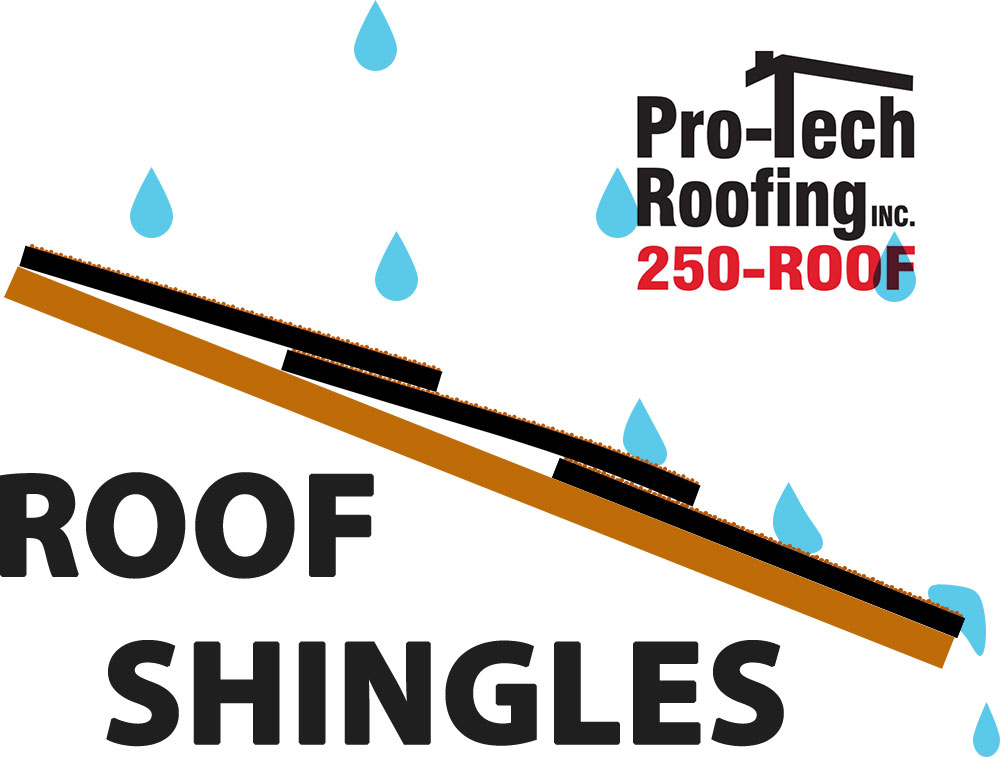 If you’re thinking about roofing a house or some other structure, you NEED to know a little bit about the types of roof shingles available.
If you’re thinking about roofing a house or some other structure, you NEED to know a little bit about the types of roof shingles available.
Why?
Because the style and type of roof shingle you select can have a huge impact on the curb appeal [and value] of your home.
And can affect the durability of your roof against hail, wind, and other weather events.
In this roof shingle guide ››
You’re going to learn everything you need to know about different types of roof shingles and the roofing materials they are made from.
Table of Contents
Roof Shingle Introduction
What are Roof Shingles?
Roof shingles consist of a series of individual overlapping components, that when laid together in rows (or courses) – starting at the bottom edge of a roof – form a barrier designed to repel water, snow, and ice.
Roof shingles are installed in such a fashion that each seam or joint is overlapped by a shingle further up the roof.
As water runs down the roof surface, it flows over each shingle till it reaches the eaves where it drips over the edge into your gutters (or falls straight to the ground).
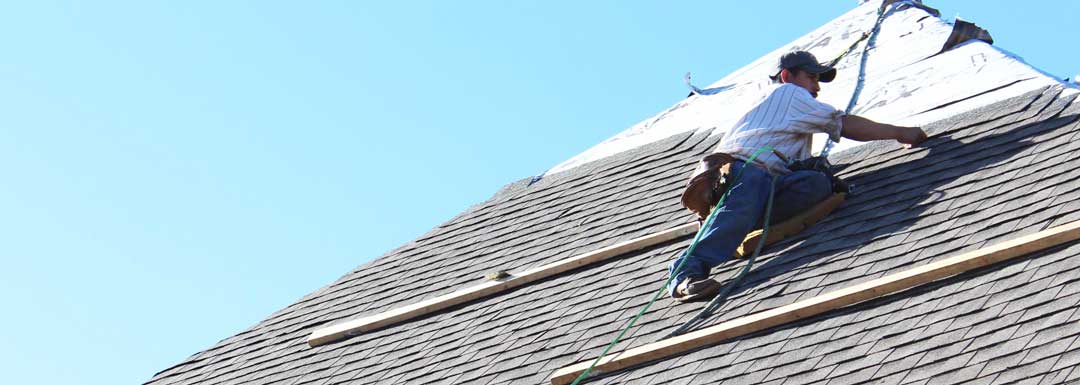
The Function of Roof Shingles
Roof shingles form a waterproof barrier to protect the integrity of the entire structure of your home.
If water leaks under your shingles, you’ll eventually have rotted wood, interior ceiling leaks, mold, etc.
In addition to rain water protection…
Roof shingles serve several other functional and aesthetic purposes.
Roof Shingles Affect Looks
The entire look or style of your home will be influenced by the type of roof shingles selected.
If you live in a neighborhood where HOA covenants or restrictions dictate what type of roof shingles are to be installed on each home, your options may be limited.
But if you have a blank slate to decide what shingles you want, you can pick the shingle type that best fits your goals and roofing budget.
Roof Shingles Affect Utilities
Different types of roof shingles also offer differing levels of energy efficiency for attic spaces and roof deck surface temperatures.
The color of your selected shingle makes a difference as does the material type. A “cool” roof may in general be lighter in color to help reflect heat away from the roof surface.
However each type of roof shingle material also has different heat transfer properties that can affect how much heat is absorbed into the home.
Roof Shingles Affect Longevity
The quality and type of roofing materials used to roof your house will affect the total lifespan of your home over time.
The better the material – the less the maintenance and repairs.
If the roofing shingles are cheap, then other parts of your roof will suffer and deteriorate faster.
Video Overview
Watch this video of roof shingle types discussed below.
Types of Roof Shingle Styles
Shingle Style vs. Shingle Material
Roof shingles come in a variety of styles, that influence the building’s “look” after shingles are installed. However, each style of roof shingle can be manufactured from different materials of construction.
Throughout this guide, we’ll discuss both.
Let’s start with some of the most common roof shingle styles.
3-Tab Roof Shingles
When you hear the term “asphalt shingles,” many times we are talking about standard 3-tab roofing shingles. 3-Tab roof shingles are one of the most commonly used shingle styles in North America.
3-Tab roof shingles create the typical rectangular shingle look you see when driving by homes.
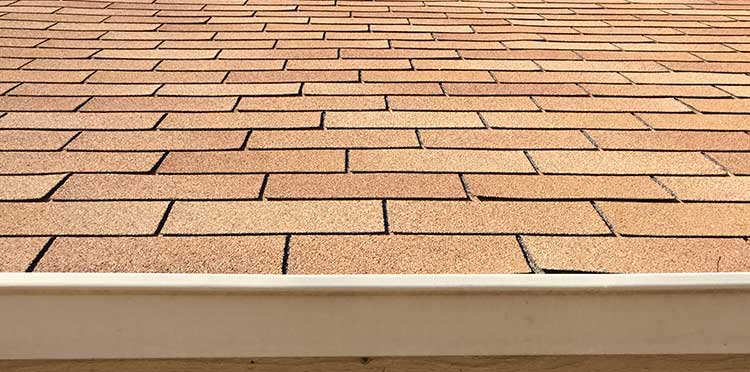
If you’re concerned about roof shingle prices, 3-tab shingles provide a very cheap roofing option and are easy to install.
There are hundreds of 3-tab roof shingle colors to complement any type of home design.
3-Tab shingles are a good alternative for low-cost roofing on rent houses or when you need to do a roofing job on a tight budget.
Architectural Roof Shingles
Architectural roof shingles are a premium type of asphalt shingle. Also known as “dimensional” or laminated shingles, architectural roof shingles are made in a wide variety of colors.
Architectural roofing shingles were developed in the 1970’s and are commonly used in new construction and on roof replacement projects.
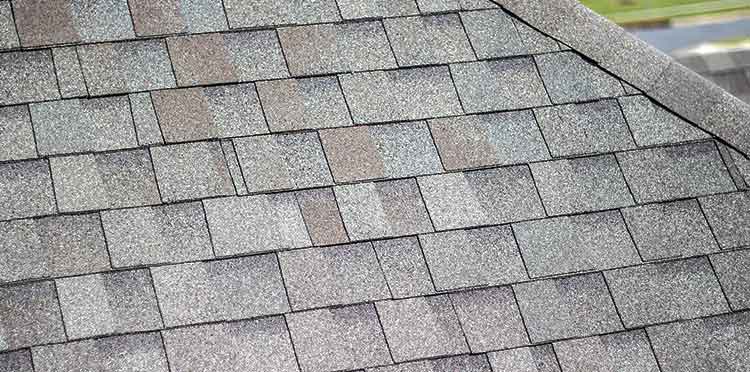
Many homeowners choose architectural roof shingles instead of 3-tab shingles because they last longer, look better, and are more resistant to high winds.
Here you can see the difference between 3-tab shingles and architectural shingles.
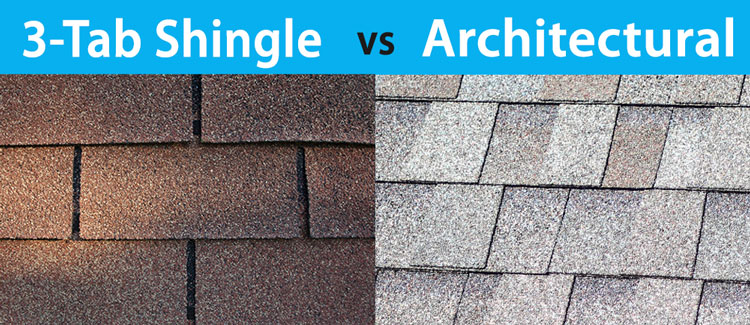
In recent years, shingle manufacturers have opened a whole new category of architectural asphalt shingles to simulate old world European roofing styles to look like wood shake, slate, and tile.
These Designer Shingles open up a new world of possibilities in roof design.
Here are a couple looks created from designer roof shingle styles.

Architectural roof shingle manufacturers continue to innovate to create cost-effective roof designs using asphalt.
No matter what roof style you are looking for, it can probably be done with architectural roof shingles.
Tile Roof Shingles
Terracotta clay roofing tiles are widely used on historical properties and homes with old world, southwest, or California mission architecture style.
Roof tiles are used widely in the Southwest because they are a more energy efficient roofing option than asphalt or other roofing materials.
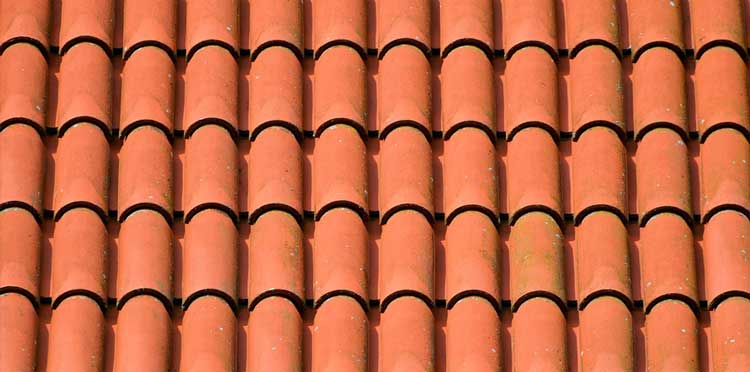
Although the most commonly recognized tile roof shingles are the “wave-shaped” Spanish tile, roofing tiles are available in a wide variety of styles and colors.
Check out these roof tiles.
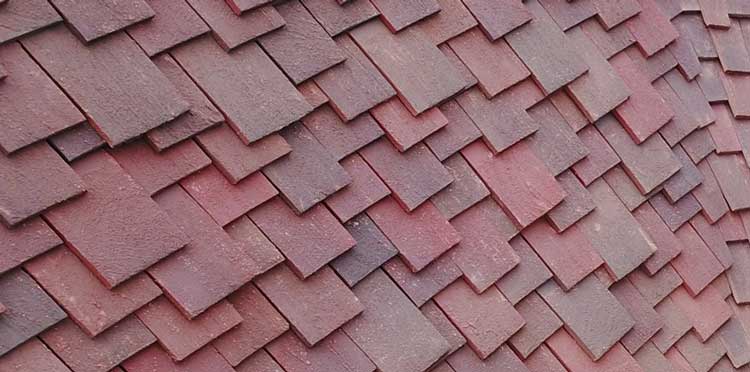
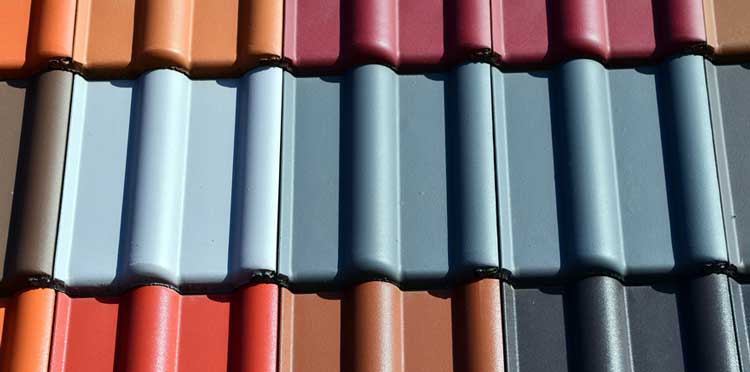
High-quality roofing tiles can last for 50 years, 100 years or longer. In fact, Ludowici – one of the nation’s oldest clay tile manufacturers – offers a 75-year warranty on its clay roof tile shingles.
Wood Roof Shingles
Another very popular type of roof shingles are wood shingles.
Wood roof shingles have been used for centuries as a sustainable roofing option.
They offer better insulation value than asphalt and when combined with different construction styles can create an entirely different feel for your home than other shingle options.
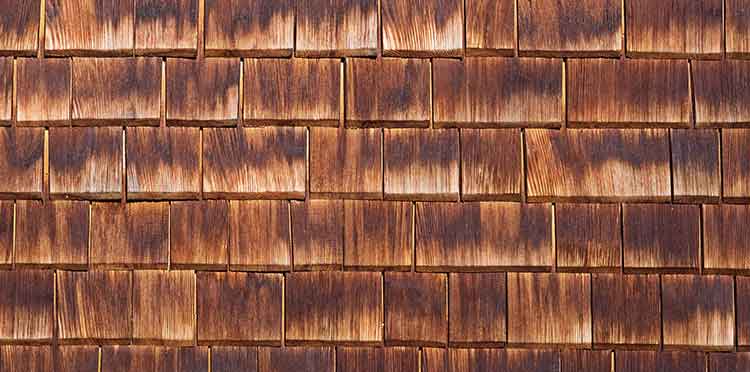
There are two primary types of wood roof shingles.
Contrary to popular belief, wood shingles and wood shakes are not the same thing.
Wood shingles are “generally” sawn on both sides to form a smooth tapered profile shape.
Wood shakes are split on one or both sides to form a textured grain appearance. Wood shakes are also thicker than wood shingles.
Shake Roof Shingles
Shakes or shake shingles have been used for roofing and siding for centuries. Traditional wood shakes were created by splitting logs wood along the grain.
Cedar wood shakes have been used in America since Colonial times, having been the primary roofing system installed for hundreds of years.
Wood shakes differ from wood shingles in that they have a more rustic, textured appearance. Some wood shakes are split on one side and sawn on the other.
Other wood shakes are sawn on both sides but have a thicker profile than wood shingles.
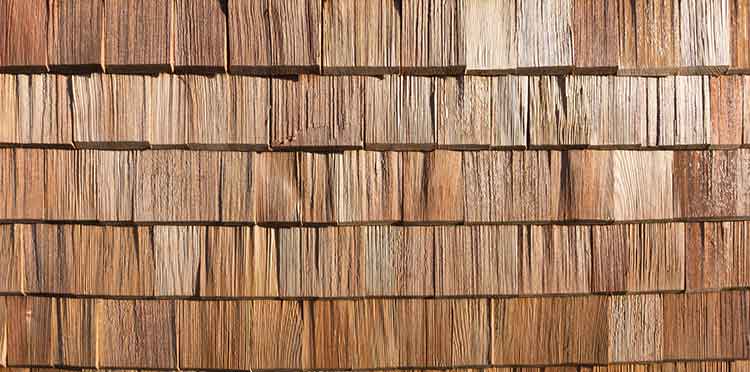
Notice the gouges and ridges of the wood grain when shakes are split.
Recently, new types of composite roofing materials have been used to create more durable and longer lasting shakes that better hold color and hold higher ratings for wind and fire resistance.
The popularity of the wood shake look has also inspired designs from manufacturers using other materials, including: asphalt architectural shake shingles, clay tile shakes, metal shake shingles, and others.
Slate Roof Shingles
Slate roofs became very popular in the mid-1800’s as slate roof shingles began being replacing wooden shingles.
Slate roof tiles are durable, eco-friendly, and fireproof. In fact, some of our nation’s oldest structures still carry their original slate roofs.
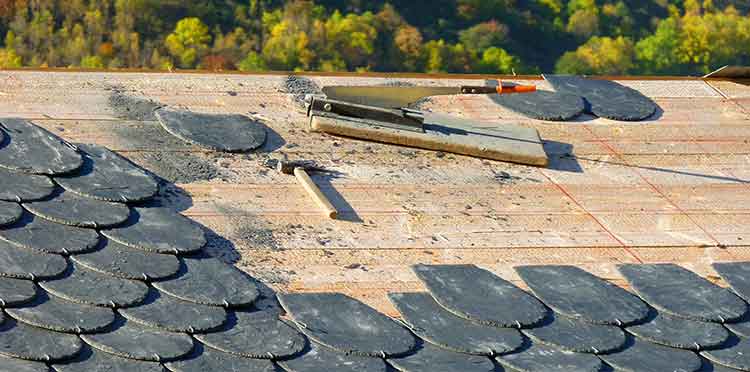
Slate tiles are a popular type of roofing shingles because they create a stone roof that is 100% natural and includes beautiful color variations in the stone’s surface.
In the US, slate roof shingles showed up first in northeastern states – like Vermont, Pennsylvania, and New York – where large slate deposits were first discovered.
Each slate deposit holds a different color of slate, and combinations of color can be used to create different slate roof designs.
As with other popular roof shingle styles, synthetic slate roof tiles are now made from wide variety of manufacturing materials.
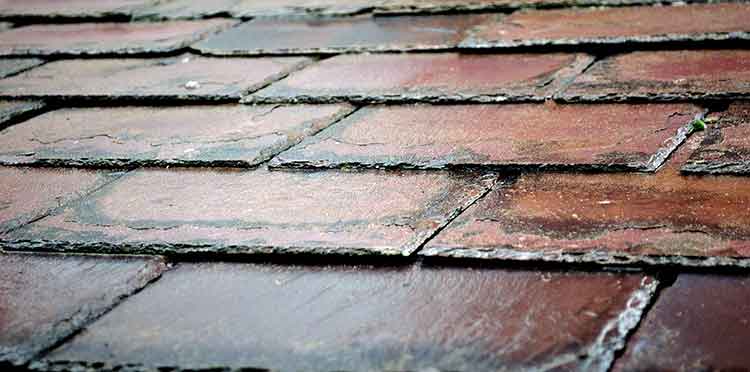
Learn more about the history of slate roofing in American.
Solar Roof Shingles
It comes as no surprise that solar power has gained considerable ground over the past few years, a trend owing to growing numbers of individuals opting for green solutions, including renewable clean energy.
While solar panels have been the traditional choice, another technology has come to the forefront: Solar Roof Shingles.
These innovative devices not only have the look similar to the traditional roofing materials but also the benefit of powering your homes with clean energy which make it a powerful game changer to the solar power in the houses.
It may seem incredible that solar roof shingles have their origins in factories made many years ago especially given that the solar roof of Tesla is one of the most recent innovations.
The true creators of this technology were not Tesla, but Uni-Solar Co. (previously United Solar [Systems] Corporation), who began to manufacture solar shingles only in the late 90s.
Thus, what are solar roof shingles?
To summarize, these are thin film and PV cells that define the aesthetics and work of those shingles.
Similar to the traditional roofing slates, photovoltaic shingles also serve the purpose of prolonging the lifetime of the roof.
This is by protecting your house from the effects of environmental elements such as high temperature, dust, and rain.
The other advantage they have – they transform the sun’s energy to electricity, which supplies energy to your home.
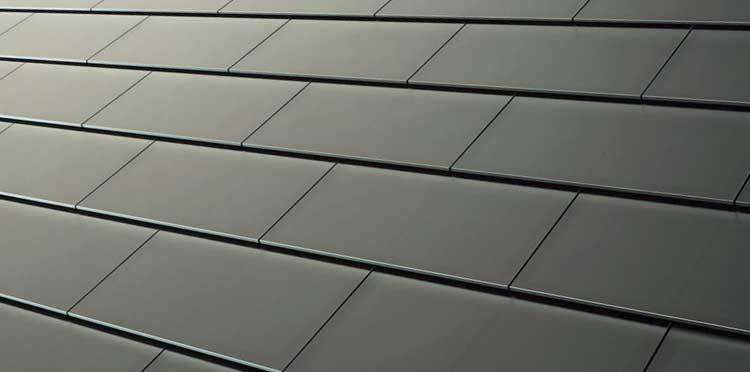
Credit: Tesla Motors[/caption]
Before Tesla started its operation, Dow Chemical Company was one of the biggest companies producing solar roof shingles.
In 2009, the company successfully launched a major eco-marketing campaign for its Environmental roof tile brand.
Despite tremendous innovations on the production techniques, public acceptance lagged behind, and the business was closed three years later.
But, while the technology in relation to solar roofs was already well-thought-out, the company then became more focused on other services.
Benefiting from feedback, Dow Chemical teamed up with RGS Energy and came up with a novel solar roof shingle that was completely redesigned.
Solar roof shingles are loaded with a number of great features.
For example, they are created of material that is meant to resist hail impact and are strong enough to withstand highly variable winds.
Additionally, the new technology doesn’t compromise on style.
The shakes are designed now in different styles that can blend with traditional roof materials like slate, asphalt, and clay tile.
This means that solar energy can fit in with the home’s looks, so it doesn’t have to be ugly to be effective.
With the growing green movement, increasingly improved solar technology and solar roof shingles are becoming popular.
Residentials can select one of the leading solar shingles brands in the market today.
Yet, of course, Tesla holds the lead over the other companies with their Solar Roof which is not only visually appealing but also highly functional to generate solar energy.
Certainteed, a mature roof manufacturer, is launching Apollo II solar shingles that showcase the aesthetics of efficiency.
SunTegra is designed to provide solar shingles and tiles that can radically change the looks of your roof giving it an impressive low-profile solar look.
Luma Solar Company should be mentioned as a brand designing customized solar roofs producing solar shingles which are the unique longevity-signatures in the market represented by an unparalleled 60-year guarantee.
Metal Roofing
The most common style for metal roofing systems is the standing seam roof, consisting of flat or corrugated metal panels.
These roofs have straight raised ribs on each metal panel that run up and down the roof slope.
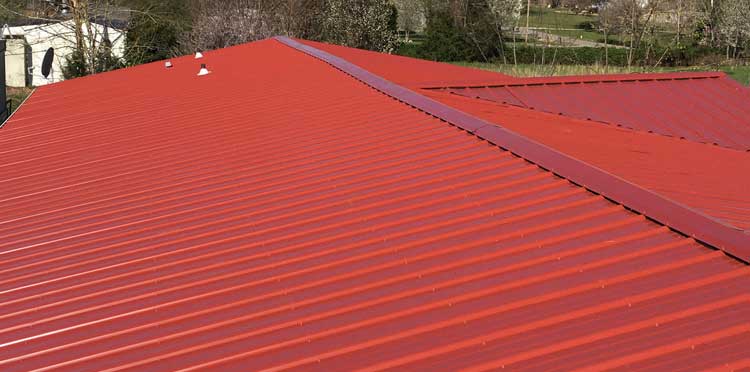
The primary roof material used in metal roofing systems is either coated steel or aluminum.
…Although other metals are also used, including: copper, stainless steel, and zinc alloys.
In addition to flat metal roofing panels, more and more roof styles are being simulated with metal roofing systems.
If you want a metal roof that looks like shingles, you can get it.
You can also get a metal roof with the look of wood shakes, clay tile, slate rock, and others.
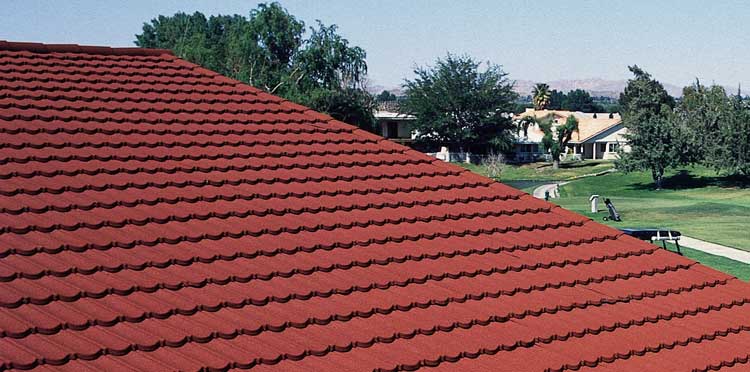
Types of Roof Shingle Materials
Asphalt Roof Shingles
More than 70% of all houses in North America are covered in asphalt roof shingles.
This type of roof shingle consist of a fiberglass mat saturated on both sides with hot asphalt. The top surface of the shingle includes a granule mineral coating.
Here’s a closeup view of an asphalt roof shingle.
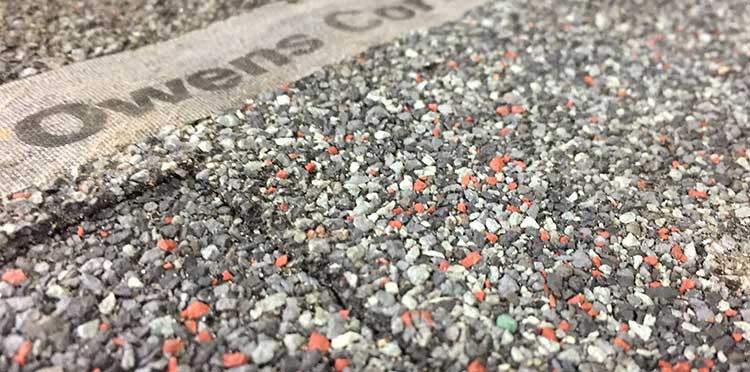
Asphalt roof shingles were invented around 1901 in Grand Rapids, MI by H.M. Reynolds Shingle Co.
Check out this early piece of shingle sales literature from the company.
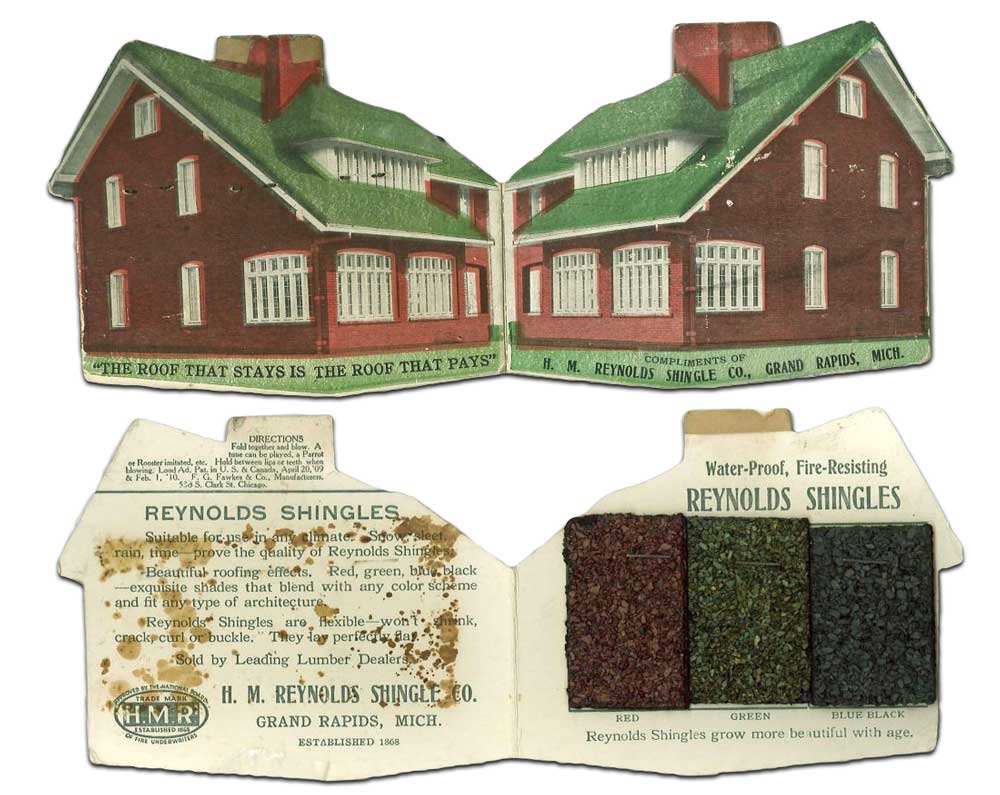
Pretty innovative for the time right?
Before the invention of the asphalt shingle, a different process, known as asphalt prepared roofing was used. It was similar to asphalt roll roofing, but without the granules to protect the surface.
Asphalt roll roofing is still used today on residential roofs with a low roof pitch, commercial buildings and outbuilding applications.
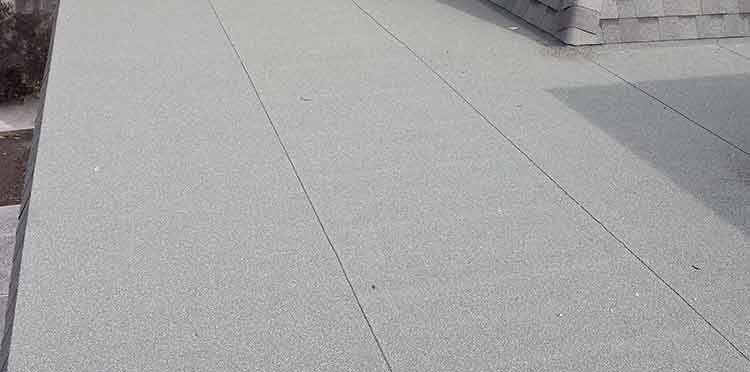
You may have also heard of organic roof shingles. The fiberglass mat used in today’s asphalt shingles used to be an organic felt mat consisting of wool, cellulose, wood fiber, or waste paper.
Organic roof shingles have mostly gone by the wayside over time, due to their short lifespan.
Asphalt roof shingles are available as the common 3-tab shingle or the more durable architectural roof shingle.
The quality and cost of asphalt roof shingles vary widely, and it’s generally recommended to stay away from cheap roof shingles, as they are the quickest to fall apart and require roof replacement.
Cool Roof Shingles
Due to increasing utility costs, shingle manufacturers have developed several variations of what are sometimes called “Cool Roof Shingles.”
This type of roofing shingle contain highly reflective granules that reflect more heat than traditional shingles.
Cool roof technology consists of a special type of roof shingle designed to reflect the sun’s damaging rays and reduce heat transfer to the building.
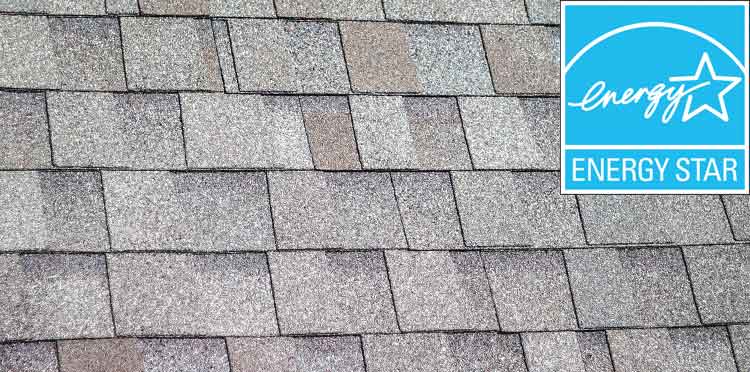
These Energy Star rated shingles can reduce air conditioner usage, lower your utility bills, and increase the comfort level inside your home.
Cedar Roof Shingles
Cedar roof shingles are manufactured as smooth, tapered “wood shingles” or more rustic-looking “wood shakes.”
Wood shingles have a look all their own, and due to their cost are used mainly on higher end residential homes.
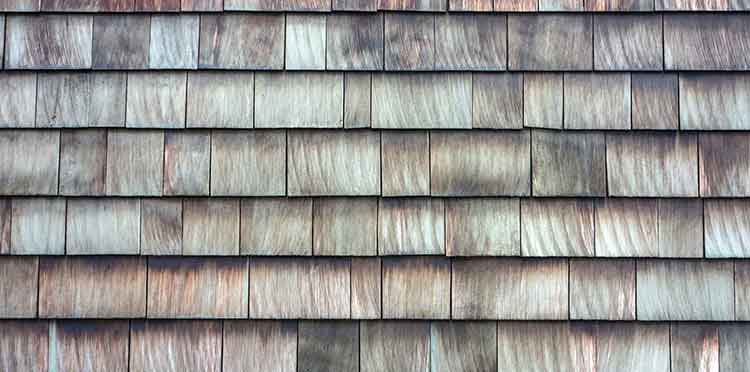
Homes with a cedar wood roof generally carry a higher value than homes shingled with asphalt shingles.
This type of roof shingle can also be used for siding on dormers or other house accents.
Clay Roof Tiles
Clay roof tiles (clay shingles) are one of the best types of roofing materials you can install on a home and are also considered a “cool roofing” type of roof shingle.
Clay roofing tiles are also called architectural terracotta clay tiles.
What is Terracotta?
The word terracotta means literally “baked earth.” Terracotta is hard fired clay. The clay is 100% natural – has been extracted from the earth and mixed with water, then shaped prior to baking. Terracotta has been used for centuries in art and architecture.
Many clay roofing tiles are naturally colored, taking on the characteristics of regional clay used to manufacture them. The most common terracotta roof tiles are a brown-orange color in appearance.
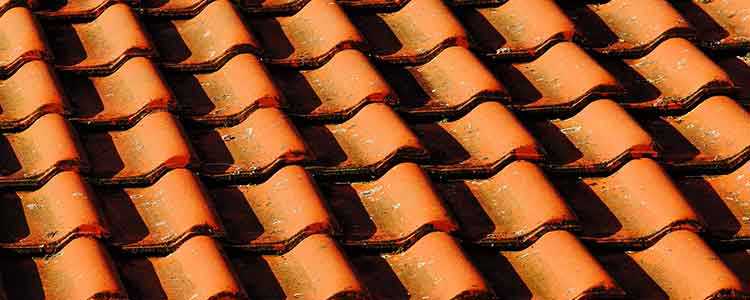
But clay roof tiles are also manufactured with custom colors and textures.
Colored clay roof tiles are made by blending dyes or minerals with the clay to create consistent color combinations.
Clay roof tile shapes include: Spanish tile, mission tile, French tile, barrel tile, interlocking tile, flat tile, scalloped tiles. They can also be manufactured to simulate wood shake, slate, or shingle shapes.
The highest-quality clay roof tiles are handmade and can last for generations.
Concrete Roof Tiles
Roofing tiles are also manufactured from concrete.
Similar to clay tile roofing… a concrete tile roof holds several of the same advantages – over more common roof types.
Concrete roof tiles are made from mixing portland cement, sand, water – then placed in a mold to get the desired shape and thickness.
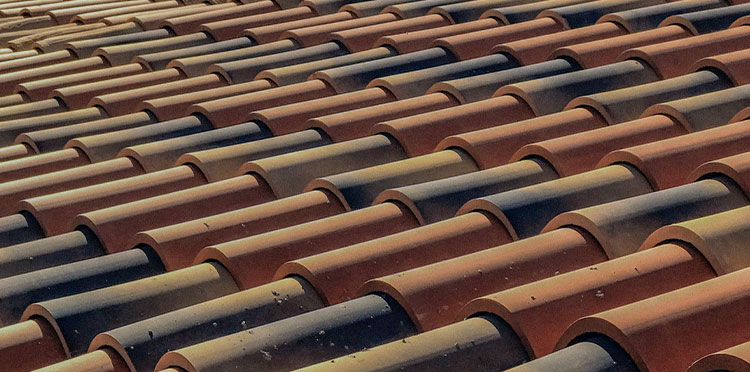
Color can be added to concrete roof tiles either as an additive where the color is mixed throughout or as a coating.
As with clay tiles, concrete roofing tiles are very strong and durable – resisting damage from fire, wind, hail, and heat.
An important consideration with roofing tiles is the weight of the tiles themselves. Make sure your roof decking and support structure meets the load bearing requirements of heavy roof tiles.
If you are considering concrete roof tiles vs. clay roof tiles, clay lasts longer than concrete.
Metal Roof Shingles
Metal roofing has come a long way.
It used to be that the only type of roof metal available was the flat panel or corrugated standing seam roof.
Now you can get nearly any style of roof shingle manufactured from metal. Look at this wood shake example from Classic Metal Roofing Systems.
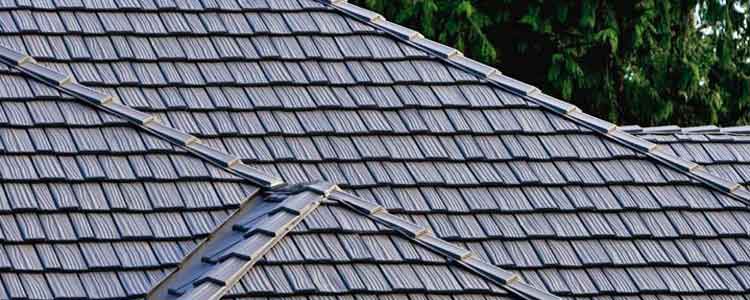
Metal roof shingles can be purchased in an array of colors, shapes, and textures.
There are even stone-coated metal roof tiles to simulate the look of authentic terracotta tiles.
This type of roofing shingle will not catch fire, is highly wind resistant, and has good durability during hail storms.
Metal roof shingles interlock for added strength and can be a very energy efficient roof shingle option.
Composite Roof Shingles
Composite roof shingles are synthetic alternatives to popular roof shingle styles.
They are manufactured from different types of materials to simulate the look of – wood shake, slate, clay tile, cedar shingles, and asphalt shingles.
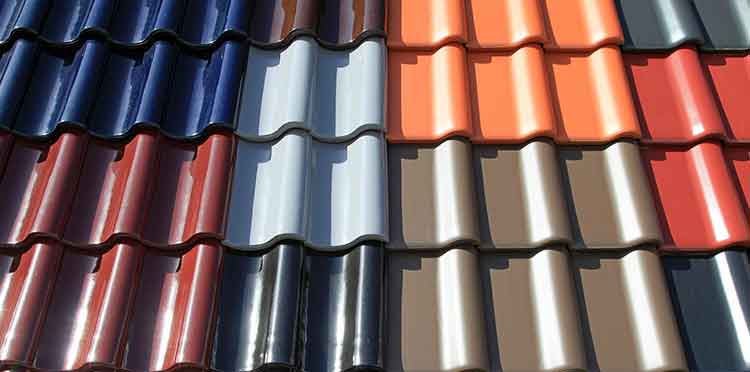
They are sometimes called synthetic tile, synthetic wood shakes, or synthetic roof shingles.
Synthetic roofing shingles can offer an alternative to natural roofing materials that are lower cost and easier to maintain.
Composite roof shingles are made from various formulations of plastic polymers, fibers, resins and dyes to create a durable, long-lasting shingle.
Rubber Roof Shingles
This type of roof shingle offers a sustainable alternative in roofing materials.
Rubber roof shingles are made from recycled rubber, primarily recycled tires.
Just like some of the other synthetic options, rubber roof shingles are manufactured to simulate wood shakes, slate tiles, and asphalt shingles.
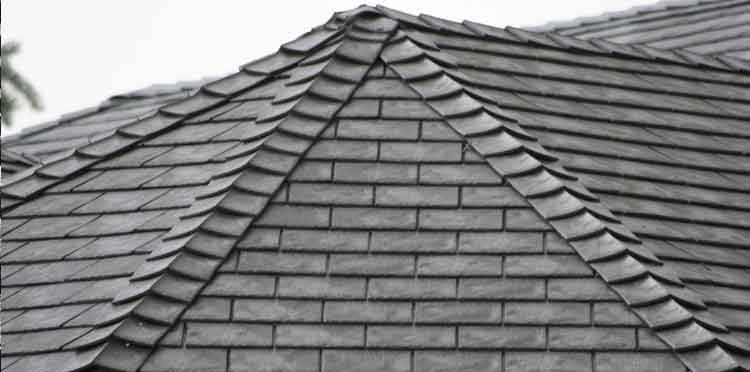
Some manufacturers of rubber roof shingles claim their products are nearly hail-proof, able to withstand hailstones 2″ and larger.
Rubber roof shingles may be a good option for your next roofing project.
Copper Roof Shingles
Copper roof shingles are another type of metal roofing system offered by a few companies.
Copper is an elegant roofing metal, often used for roof accents or trim combined with another roofing system.
It’s not uncommon to see copper installed above bay windows, on turrets, as gutters, flashing or drip edge trim.
However, like other types of metals, copper is formed into interlocking roof shingles as well.
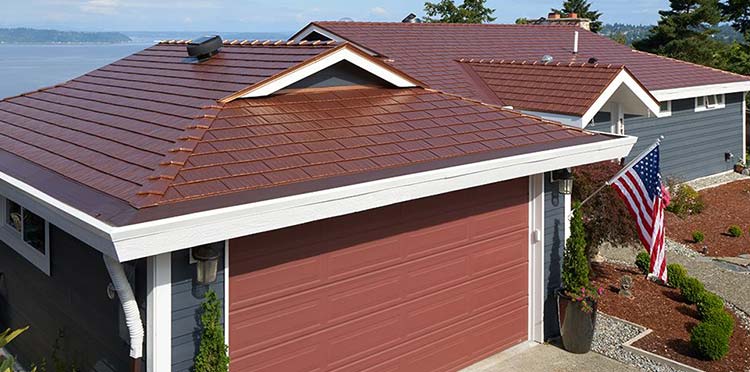
Credit: Interlock Industries
Manufacturers of copper roof shingles offer designs to look like slate, cedar shakes, tile, scallops, diamond panels, and more.
Copper is an expensive metal roof options, but it creates a gorgeous end result.
If you like this post…
And you think it would be helpful to your audience, please give us a share on social media ››››
You may also check our customer reviews and testimonials.
If you are in or around Tulsa, Oklahoma and need roofing services, give us a call at (918) 250-7663 or contact us here.
